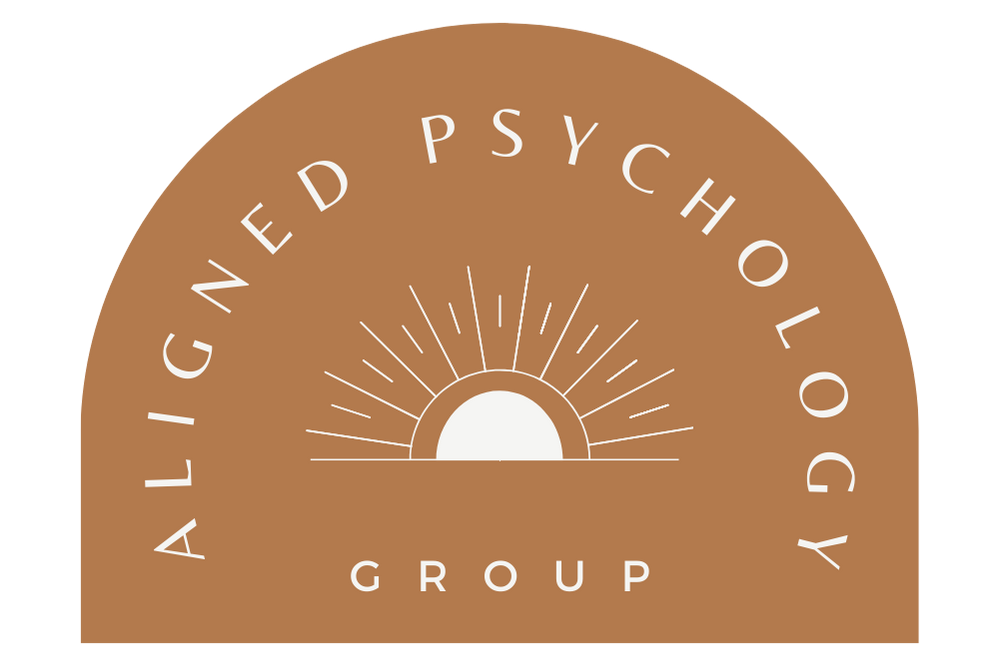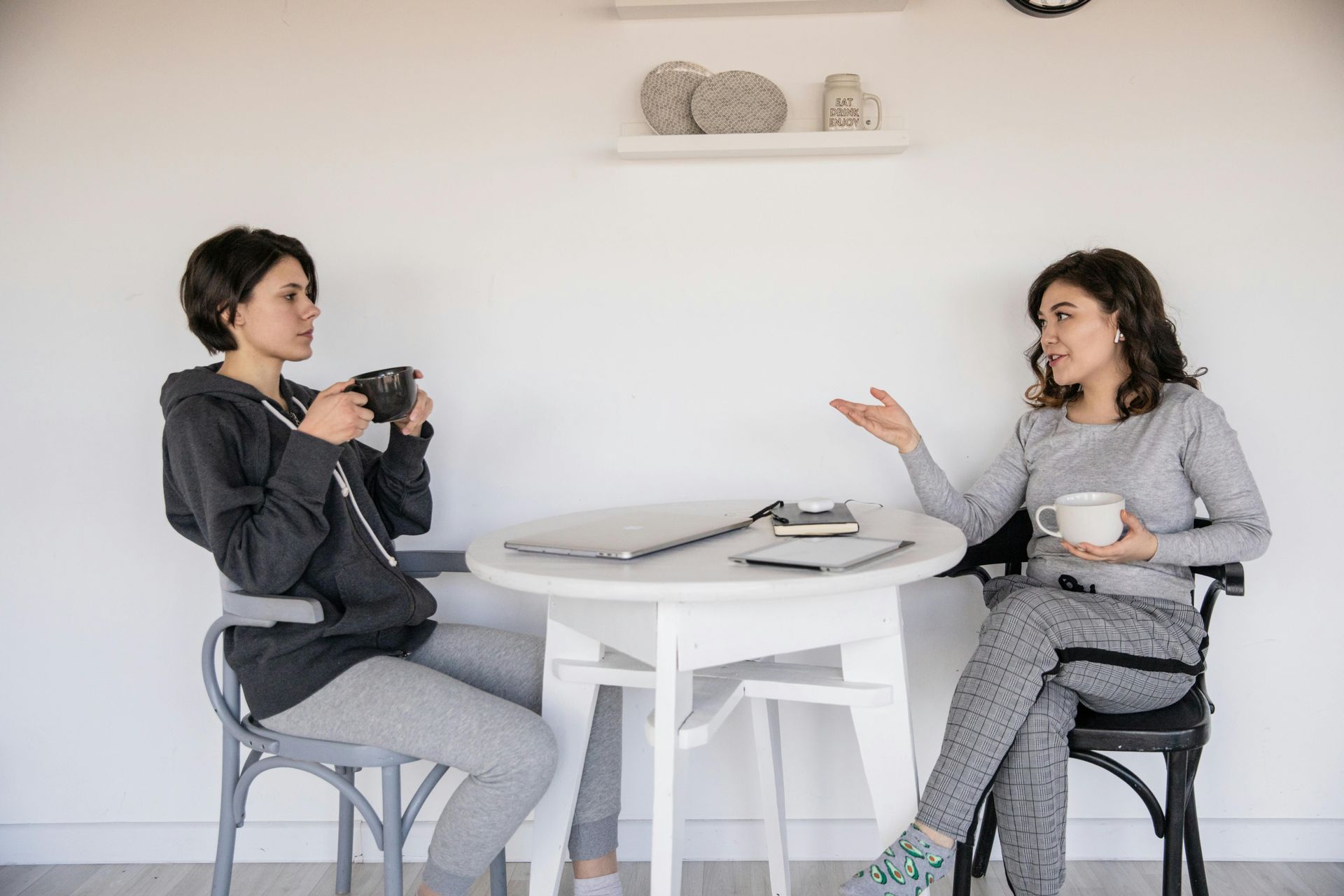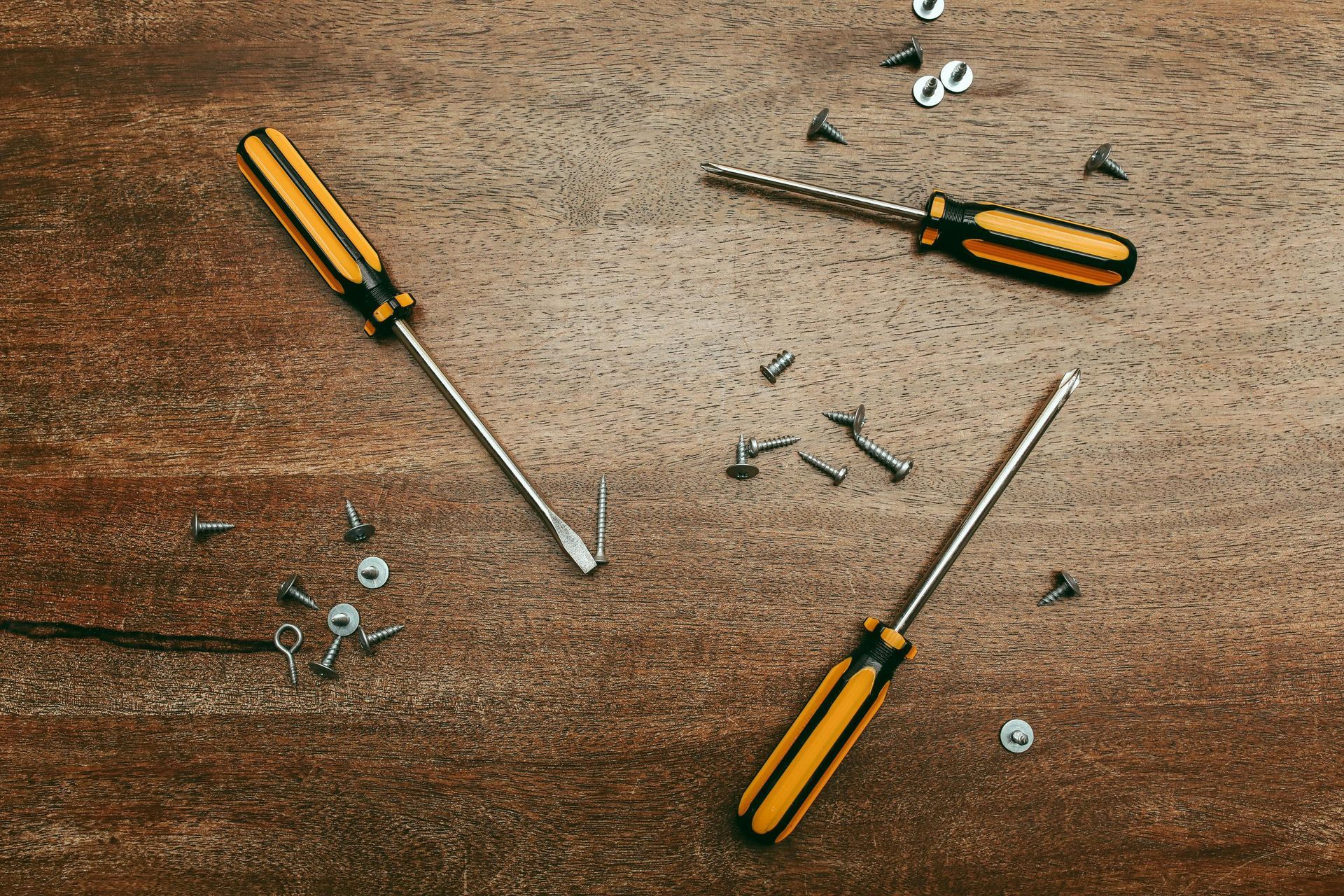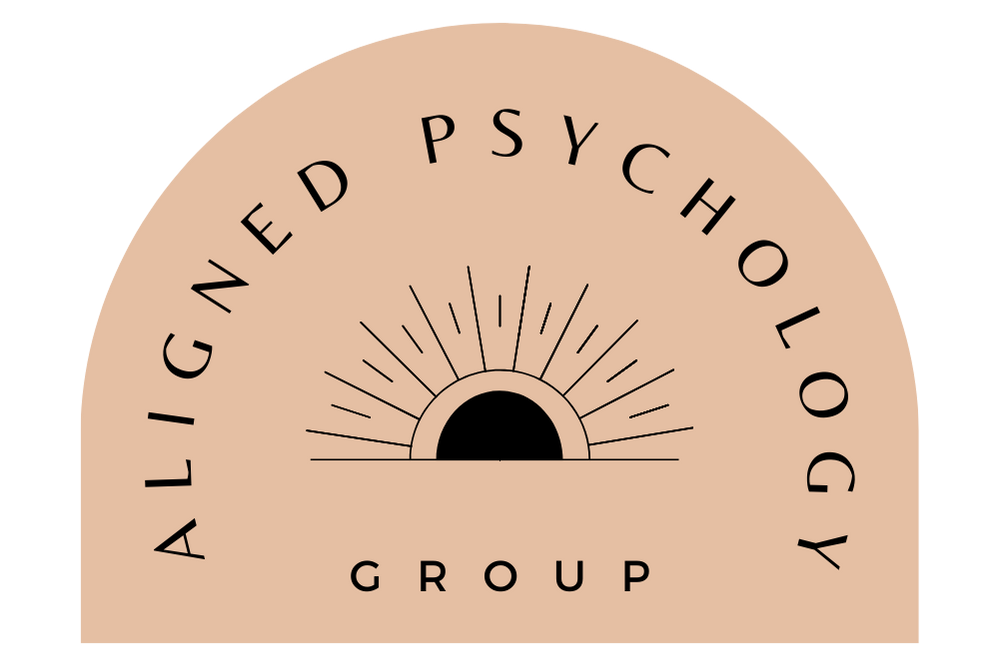Trauma Therapy Homework - Week 2
Week 2: (The Basics)
5 4 3 2 1 and The Importance of Mindfulness
Mindfulness often gets a reputation for being something you need to do while sitting cross-legged in silence, meditating for hours. But mindfulness doesn’t have to look like that. In fact, it’s often most effective when it’s simple, accessible, and something you can practice anytime, anywhere. Enter the 54321 technique—a powerful, grounding exercise that helps you reconnect with your body and the present moment. Let’s explore what this method is all about, how it works, and why it’s such a valuable tool for anyone looking to bring more mindfulness into their life.

What is the 54321 Technique?
The 54321 technique is a sensory grounding exercise designed to anchor you in the present moment. It’s simple yet effective and works by engaging your senses to help you reconnect with your body and surroundings. Here’s how it breaks down:
5 things you can see
4 things you can touch
3 things you can hear
2 things you can smell
1 thing you can taste
This exercise helps you step out of your racing thoughts, anxieties, or overwhelming emotions and brings your attention back to the here and now. By focusing on your senses, you’re gently reminded that your body is a resource—a way to experience the world and find calm in the chaos.
Why This Works
When we’re stressed, anxious, or overwhelmed, our minds tend to spiral. We replay past events, worry about the future, or get stuck in negative thought patterns. The 54321 technique interrupts that cycle by shifting our focus from what’s happening in our heads to what’s happening in our bodies and environment. This is mindfulness in action: paying attention, on purpose, to the present moment without judgment.
But the magic of 54321 goes beyond just grounding you. It also reinforces the idea that your body can be a source of stability and support. Often, when we’re overwhelmed, it’s easy to feel disconnected from ourselves. This exercise gently brings you back to your physical experience, reminding you that you have tools—your senses—to help you navigate challenging moments.
Breaking Down the Steps
1. 5 Things You Can See
Start by looking around you and naming five things you can see. These don’t have to be extraordinary or special. Maybe it’s the pattern on your rug, the color of your coffee mug, or the way the sunlight hits the wall. Take your time to really notice each object. What color is it? What shape? Is there movement, like the leaves swaying outside the window? This step is about observation, so let your eyes linger and take it all in.
2. 4 Things You Can Touch
Next, find four things you can physically touch. Don’t just think about touching them—actually do it. Feel the texture of your jeans, run your fingers over a smooth tabletop, or hold a pillow and notice how soft it feels. The act of physically connecting with objects brings you closer to your body. How does each item feel? Is it cool or warm, rough or smooth? This tactile exploration is grounding and reminds you of your physical presence.
3. 3 Things You Can Hear
Now, close your eyes if you feel comfortable and listen. What are three sounds you can hear? Maybe it’s the hum of your refrigerator, the chirping of birds outside, or the faint buzz of traffic in the distance. Try to pick out sounds you might normally overlook. Tuning into your auditory environment can be incredibly soothing, especially when you’re feeling disconnected or scattered.
4. 2 Things You Can Smell
This step invites you to engage your sense of smell, which is closely tied to memory and emotion. If you’re in a place where you can’t immediately notice a smell, go out of your way to find one. Sniff a scented candle, take a deep breath of fresh air, or brew a cup of tea and notice its aroma. This part of the exercise can feel particularly grounding, as smells often evoke comfort and familiarity.
5. 1 Thing You Can Taste
Finally, find one thing you can taste. If you’re not eating or drinking anything at the moment, you can simply notice the lingering taste in your mouth. If possible, take a sip of water, pop a mint, or savor a small piece of chocolate. Really focus on the taste—is it sweet, salty, bitter? This step brings a sense of completion to the exercise and ties everything together.

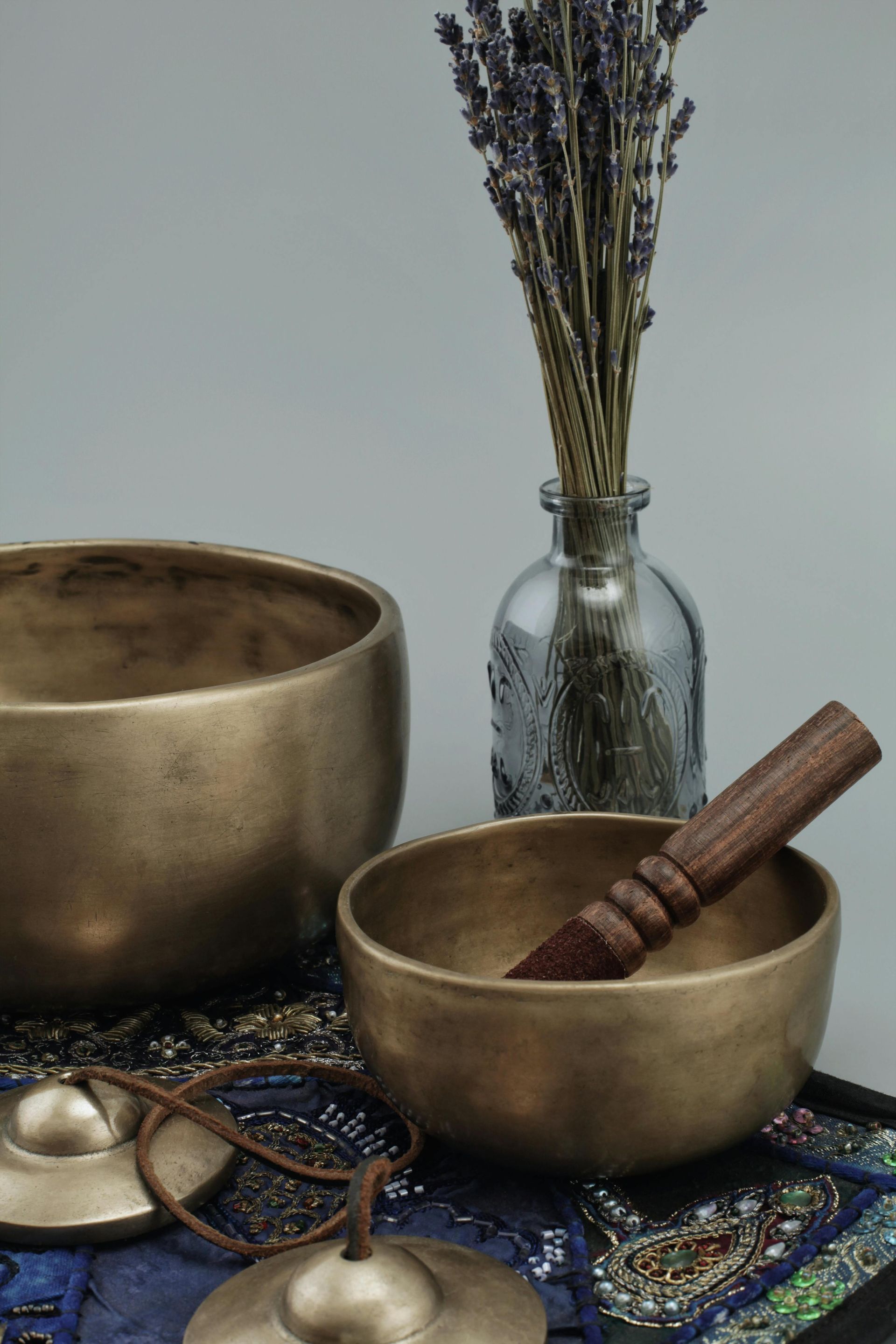
The Importance of Mindfulness Through Noticing
The 54321 technique is all about noticing. You don’t need to force yourself to feel a certain way or analyze what you’re experiencing. Instead, you’re simply observing—with curiosity and without judgment. This act of noticing is the essence of mindfulness. It’s about being present with what is, right here and right now.
Practicing mindfulness doesn’t have to mean meditating for hours or following a rigid routine. Exercises like 54321 show us that mindfulness can be as simple as paying attention to what’s already happening. It’s about coming back to yourself, one moment at a time.
Building a Mindfulness Practice
The beauty of the 54321 technique is that it’s quick, easy, and adaptable. You can do it anywhere—at your desk, on a walk, or even in the middle of a stressful meeting. And the more you practice it, the more natural it becomes. Over time, you might find that you’re better able to manage stress, stay present, and feel more connected to yourself and your environment.
If you’re new to mindfulness, start small. Try the 54321 technique once a day for a week and notice how it makes you feel. You might be surprised at how something so simple can have such a profound impact.

Reconnecting to Your Body as a Resource
One of the most powerful aspects of the 54321 technique is how it helps you reconnect to your body. Often, we view our bodies as something separate from ourselves, or worse, as something to criticize. But our bodies are incredible resources. They ground us, give us access to the world, and hold the key to mindfulness and healing.
By practicing 54321, you’re reminding yourself that your body isn’t just a vessel for your mind—it’s an active participant in your life. Your senses are tools, your body is a resource, and you have everything you need to find calm and clarity within yourself.
Final Thoughts
Mindfulness doesn’t have to be complicated. It doesn’t require special equipment or hours of practice. Sometimes, it’s as simple as noticing five things you can see, four things you can touch, three things you can hear, two things you can smell, and one thing you can taste. The 54321 technique is a gentle reminder that mindfulness is accessible, grounding, and always within reach.
So the next time you’re feeling overwhelmed, take a moment to pause and try this exercise. Let your senses guide you back to the present moment, and remember: your body is your ally, your anchor, and your greatest resource for finding peace.
FREE Downloadable Handouts
Click this
LINK
for free access to downloadable PDFs from the Trauma Therapy Homework Series. You’ll be directed to my Google Drive folder, where you can explore all the handouts created so far. You can choose between a digital format for easy viewing on your device or a printable version if you prefer a hard copy.
Here is a preview of this week's handout! Click the link above to get your own free pdf copy.
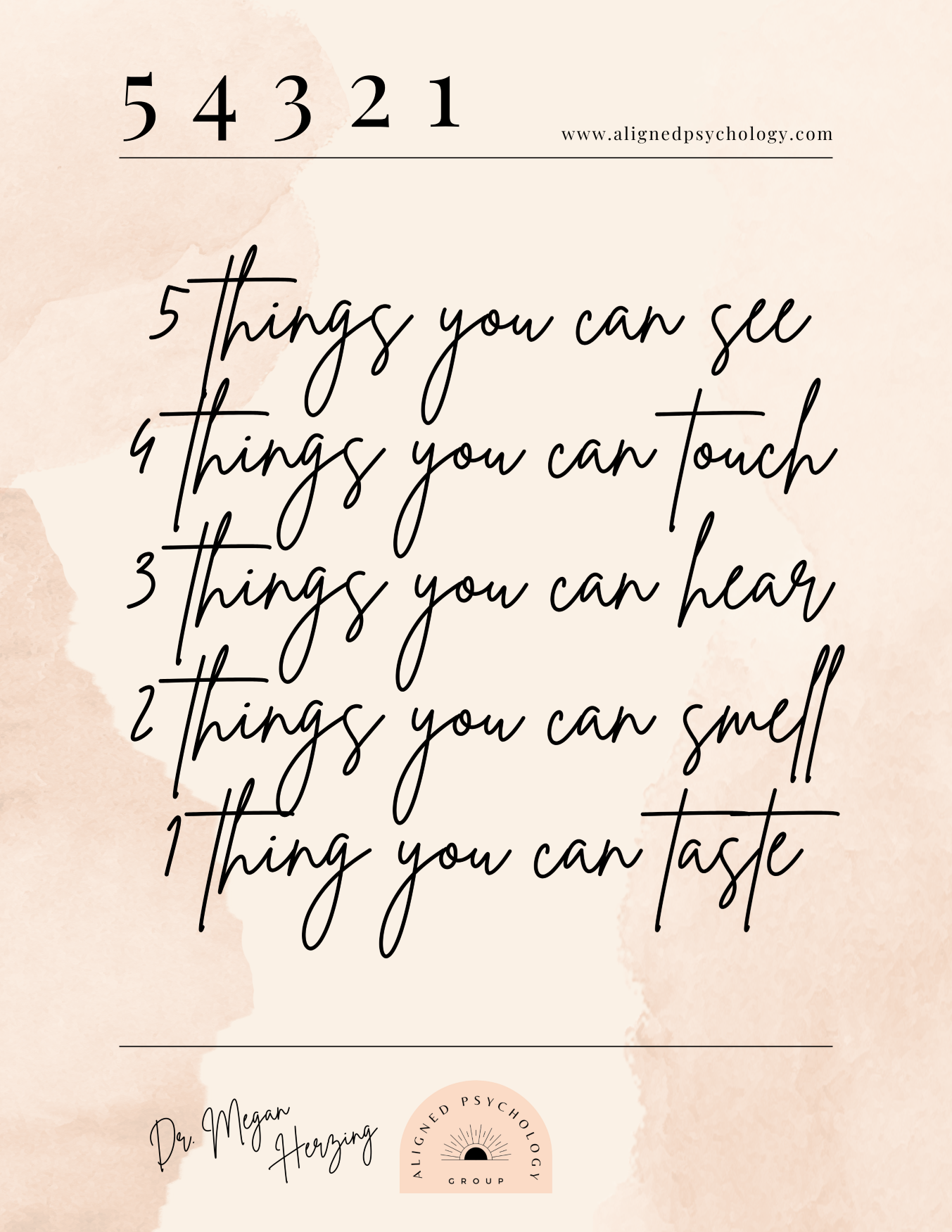

ABOUT THE AUTHOR
Dr. Megan
Megan Herzing PsyD, Licensed Professional Clinical Counselor, specializes in trauma therapy and creating a safe, supportive space for healing. She integrates evidence-based modalities, including EMDR, Internal Family Systems (IFS), somatic therapy, and Emotionally Focused Therapy (EFT), to address the mind-body connection and empower clients on their journey to wellness. With extensive experience treating complex PTSD, anxiety, attachment injuries, and dissociation, she believes in the power of self-compassion and authentic connection to facilitate lasting change. Drawing from her own healing journey, she brings empathy and lived experience to her work, honoring each client’s unique path toward growth and resilience.
Thank you for being part of a community of humans that deeply cares about healing.
We are honored that you stopped by and hope our resources will continue to bring value to your life.
We are accepting new clients in California, and referrals are always appreciated.

